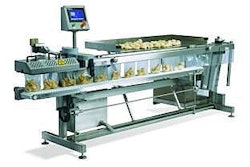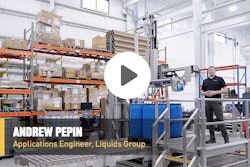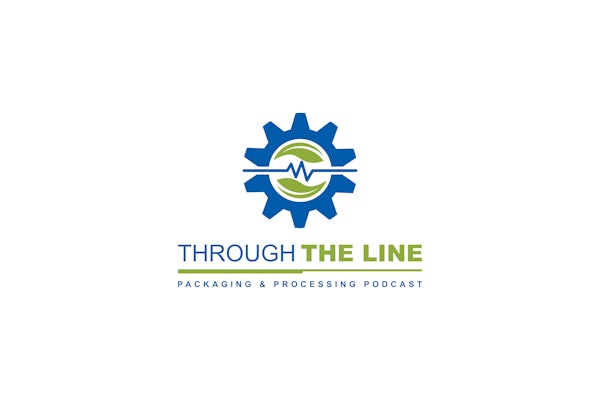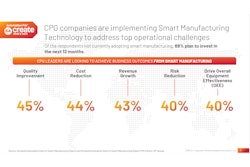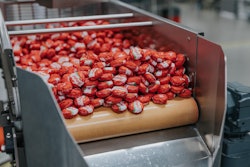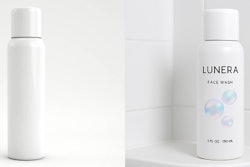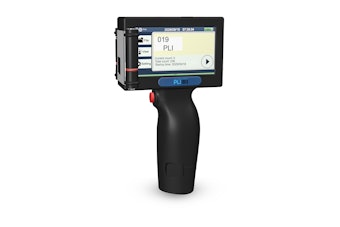Packaging has long been used as a material to provide product protection. However, the concept of "barrier properties" is raised to a whole different level with BlastWrap[tm], a flexible packaging structure used to defend against terrorism.
BlastWrap offers mitigation and protection against blast and fire/burn threats and is engineered to remove much or most of the energy from explosions. BlastWrap works by dissipating blast energy while quenching flame fronts or fireballs created as a result of an explosion.
BlastWrap is made by BlastGard Intl. from two laminated films. The bottom film is thermoformed into cavities or pockets filled with a blast-attenuating (a fancy word for dampening) material. Such materials include volcanic glass beads (perlite, commonly used in potting soil) or other suitable two-phase materials, and a blend of extinguishing material such as boric acid, a substance that's common and cheap. The top film is then sealed onto the lower film forming a durable, flexible, and configurable structure designed for each application. BlastWrap costs $16 per square foot.
BlastWrap is already used as a liner for 192 trash cans in the Washington Metro subway system. "These 'trash cans on steroids' thwart terrorists," says Metro chairman Dana Kauffman.
Such is the world's state of affairs as we start 2006, but at least packaging helps make things a bit safer.
